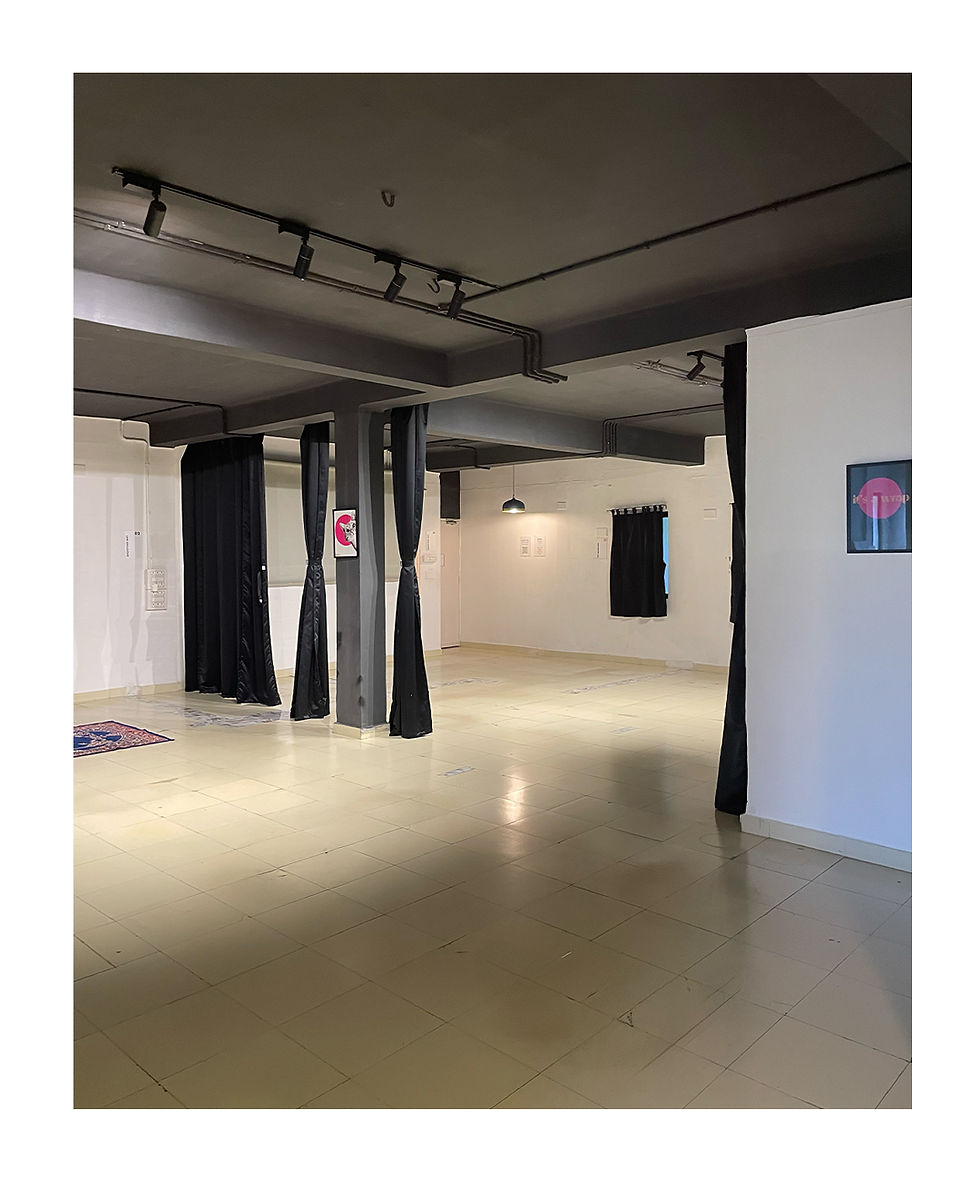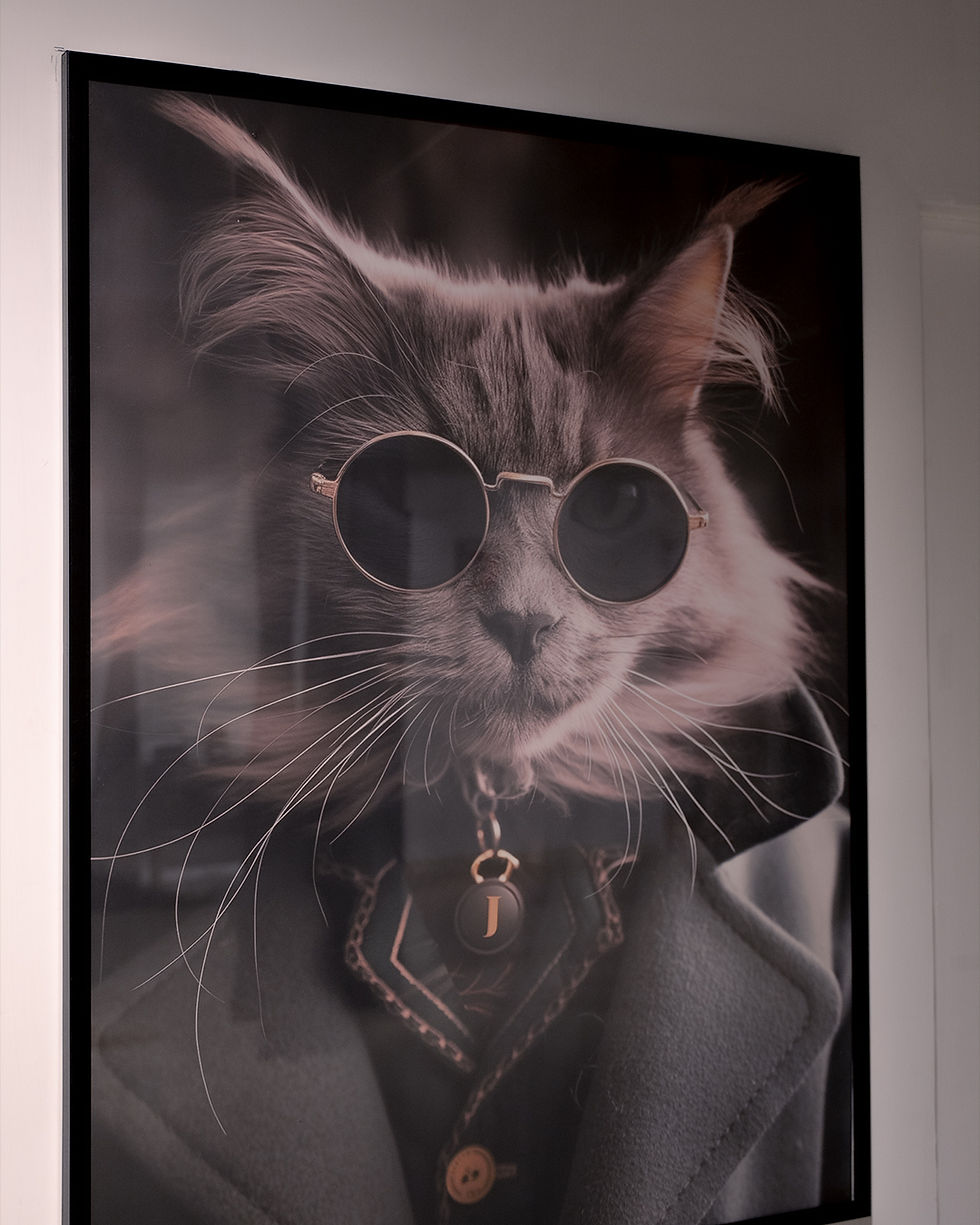My Journey as a Production Designer on a Marathi Feature Film
- Anu Basu

- Jul 28
- 3 min read
When I took on the role of production designer for the Marathi feature film Avwanchhit (2021), directed by Shubho Basu Nag, I was stepping into a world both familiar and completely new. Familiar, because I’ve always loved the visual language of cinema and had moonlighted as a prop stylist, art director, and food stylist for various short-form content. New, because this was my first time helming the entire visual world of a feature-length narrative. Most of my career had been spent as a producer or editor, but this opportunity offered me a chance to truly build a world from scratch.
The story of Avwanchhit is deeply layered, a poignant exploration of a fractured father-son relationship set in the quiet melancholy of Nirupama Old Age Home. Madhusudhan, played by the brilliant Kishore Kadam, brings joy to a place riddled with abandonment, while his son Tapan harbors resentment, holding his father responsible for his mother's death. The backdrop of Kolkata, a city soaked in culture yet transforming rapidly, became both canvas and character. I was new to the city, and I think that worked in my favor—I saw its textures, tones, and objects with fresh eyes. I didn’t take anything for granted. Everything was curious. Everything had a story.
When Pritam Chowdhury from Fatfish Entertainment reached out and asked if I was confident to lead the production design for a Marathi-language feature, my response was a mix of nervous laughter and an enthusiastic yes. What followed was a creative deep-dive into the heart of the film, its characters, their homes, their silences, and their personal histories. I worked on defining color palettes, the visual motifs of loss, love, loneliness, suppressed emotion, and the delicate balance of tradition vs modernity. We went into local markets, handloom stores, antique haunts, and even spoke to rubbish collectors to source or create the pieces that would tell each character’s story. Some props were custom-built, others serendipitously found. Many were not perfect, but they were human, and that’s what mattered.
The Production Designer’s Process on a Feature Film
Designing for a feature film is much more than just sourcing pretty props or dressing a set. It’s about building a cohesive visual universe that supports the emotional arc of the story. The process begins with an in-depth reading of the script multiple times. Then comes research: cultural references, location scouting, character moodboards, historical context, emotional tone. A production designer collaborates closely with the director, cinematographer, costume designer, and other departments to ensure that the visual storytelling is layered and unified. Once the visual language is locked, it’s execution time: set dressing, prop creation or curation, overseeing the art team, and ensuring every frame supports the narrative. It’s a job that demands vision, resourcefulness, and stamina—equal parts artist and general.
What I Gained and What It Takes
Working on Avwanchhit was an enriching experience, both personally and professionally. It made me a better visual thinker and a more empathetic collaborator. It also reminded me how much I love stories told through texture, light, space, and silence. In terms of software skills, I sharpened my proficiency in tools like Photoshop, SketchUp, and Adobe Illustrator for concept sketches and visual references. More importantly, I leaned heavily on my soft skills, communication, adaptability, team coordination, negotiation, and time management. As a production designer, you’re not only the visual custodian but also the emotional barometer of the set. You need to be decisive, calm under pressure, and endlessly curious. You need to listen more than you speak, observe everything, and collaborate without ego.
This project allowed me to do all that and more. It reminded me that every story, no matter how regional or intimate can be elevated when the visual design carries as much emotional weight as the script itself. And I'd love to do it all over again.




Comments